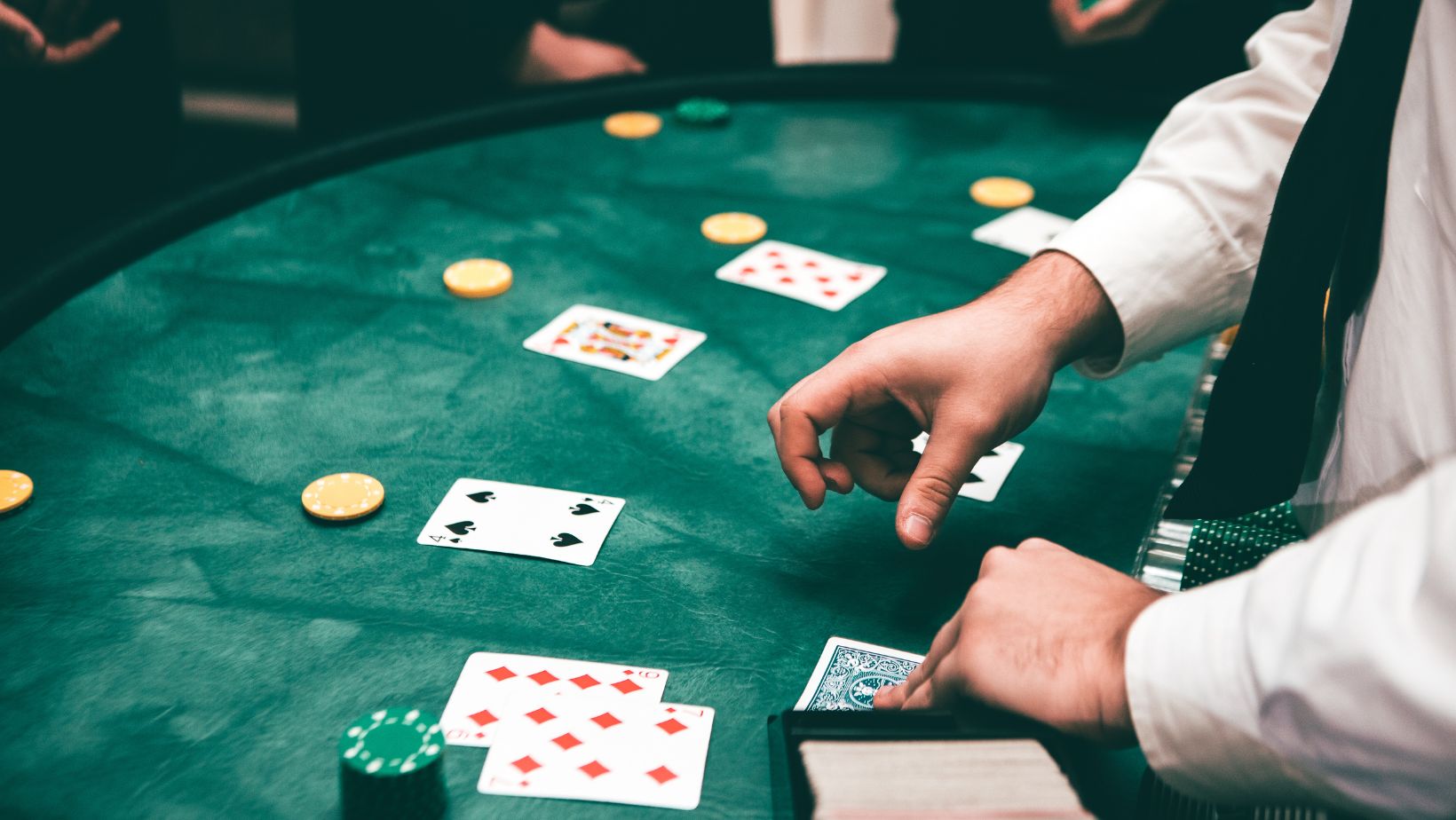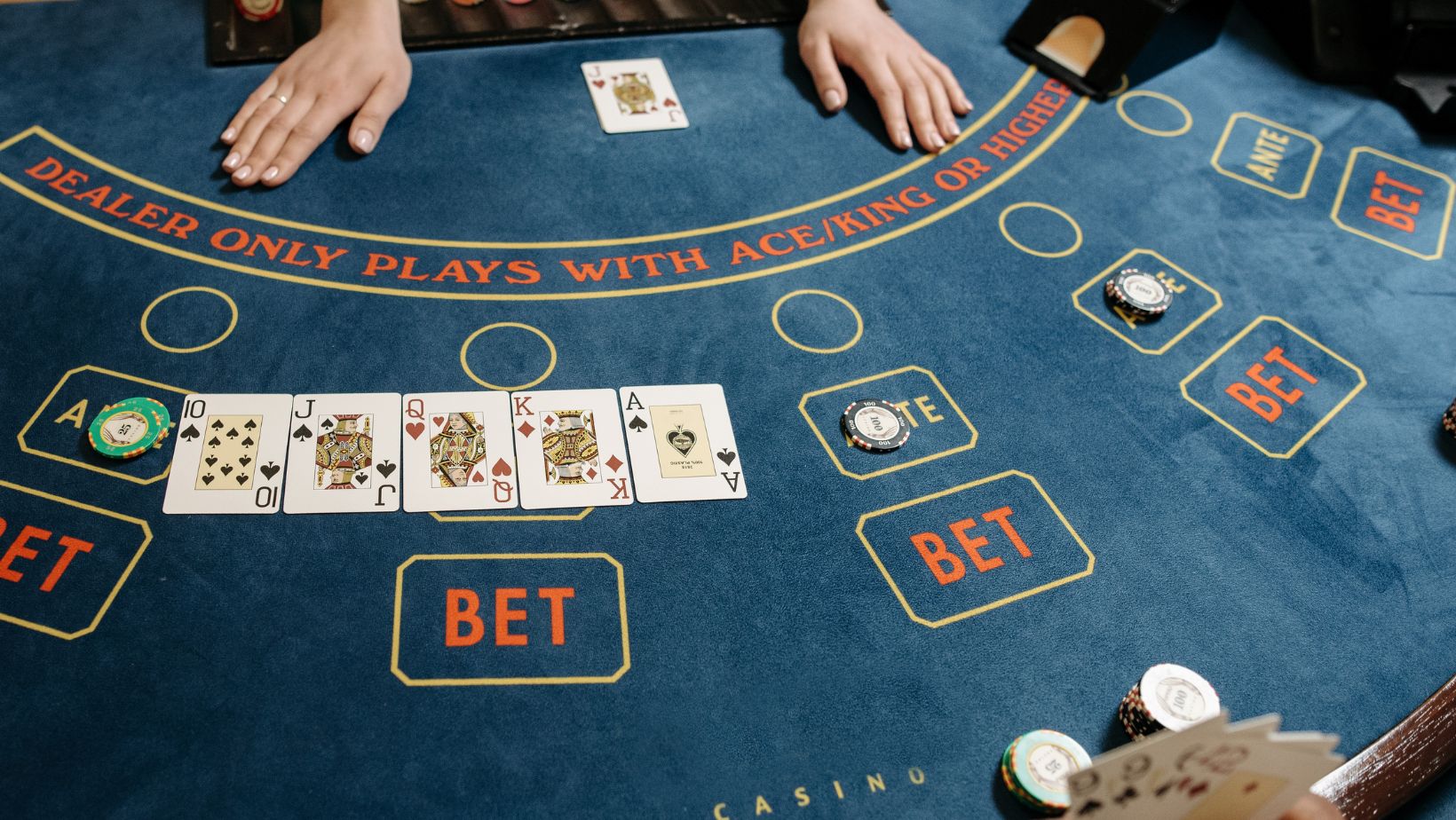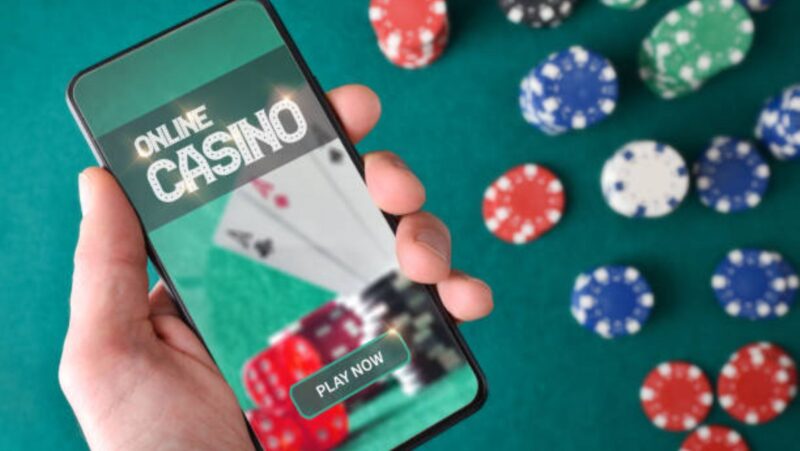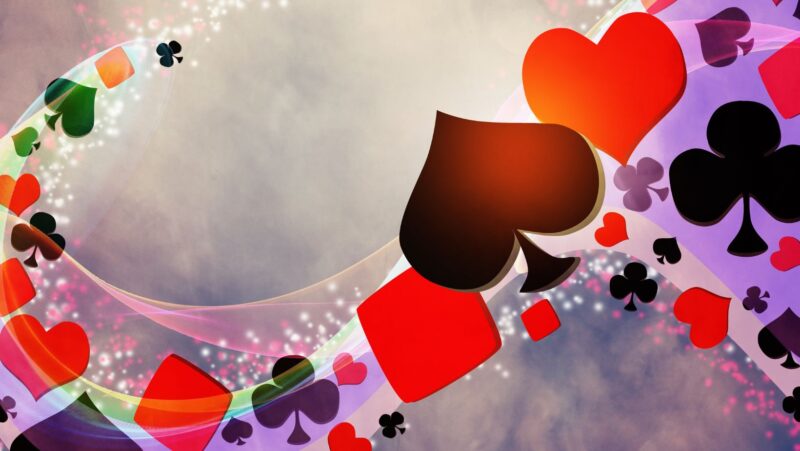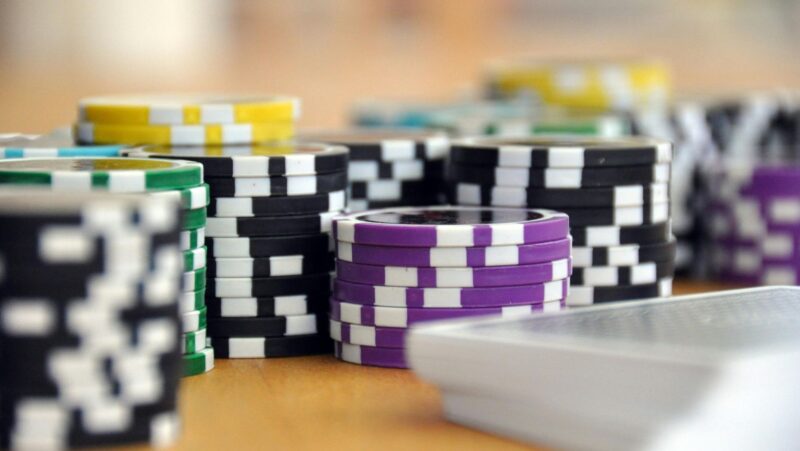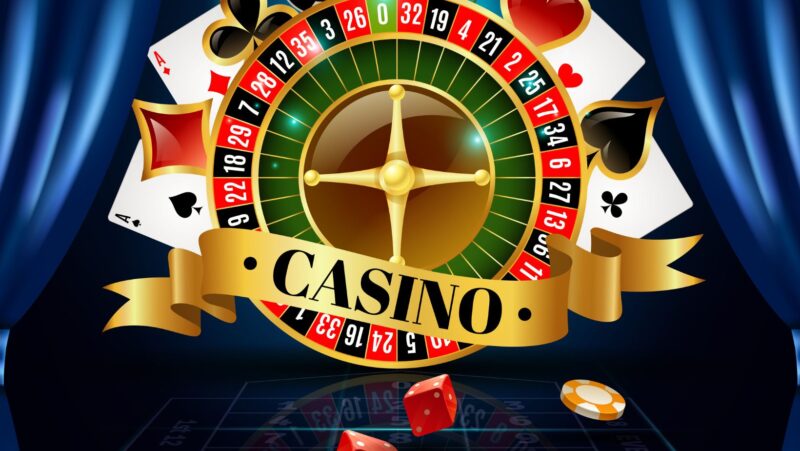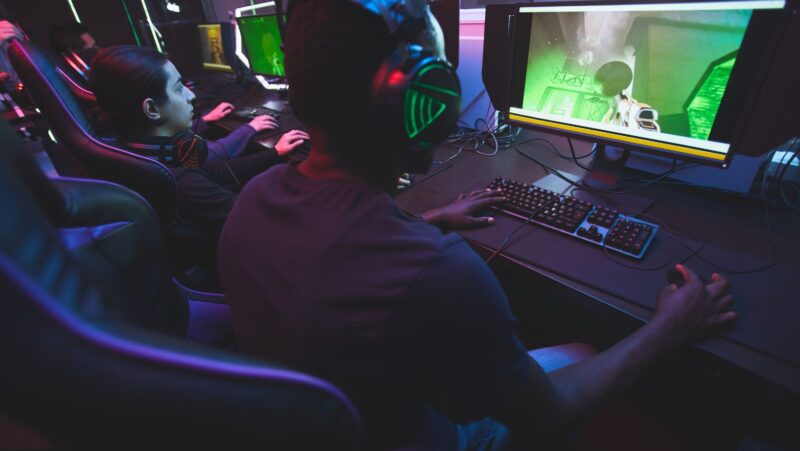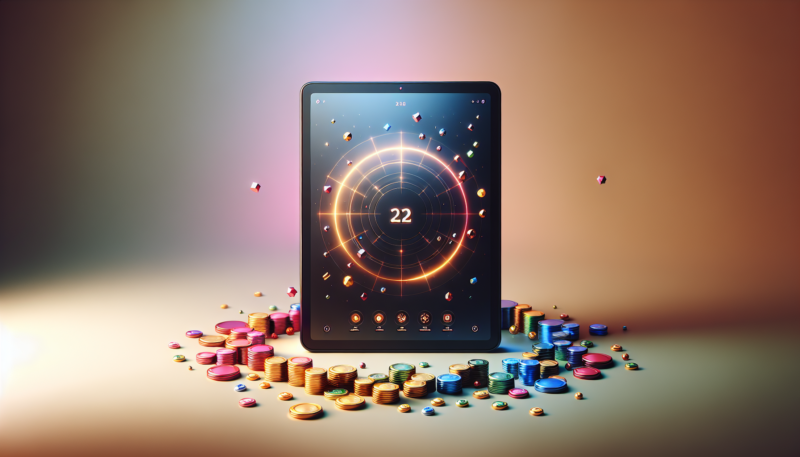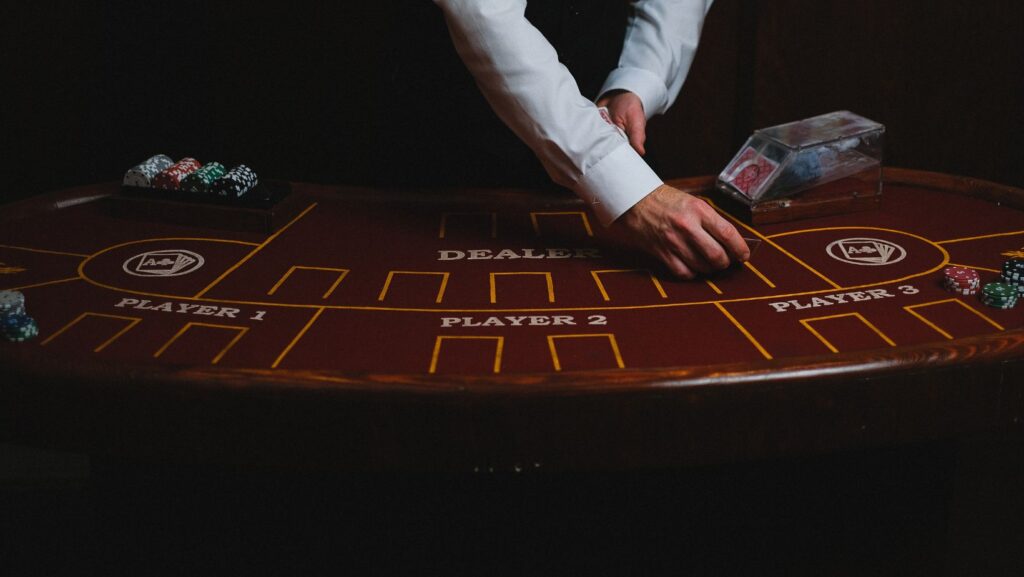
Blackjack is more than just a card game; it’s an exciting combination of strategy, chance, and psychology that has been enjoyed by players for centuries. Whether you’re at a busy casino playing a high-stakes hand or playing blackjack online at Stake.com, knowledge is your most valuable tool. Blackjack’s appeal stems from its dynamic gameplay, in which each decision affects the outcome.
In this guide, we’ll walk you through the history of blackjack, explain the rules, and look at the techniques and math that shape the game. We’ll also address some of the most common queries that gamers have. By the conclusion, you’ll understand why blackjack is still a favorite and continues to challenge players, old and young, as one of the most entertaining and intellectually engaging card games.
A Brief History of Blackjack
Vingt-et-Un (“Twenty-One”), or Blackjack, began in 17th-century France. The game spread across Europe and into the United States, where it became the version we know today. Special payouts were offered for hands containing an ace of spades and a black jack (the jack of spades or clubs), and early American casinos promoted the game. That bonus is long gone, but the name “blackjack” remains.
The Rules of Blackjack
At its core, blackjack is a game of beating the dealer without exceeding 21. Here’s how it works:
- Card Values: Number cards are worth their face value, face cards (kings, queens, and jacks) are worth 10, and aces can be worth either 1 or 11.
- Initial Deal: Each player and the dealer receive two cards. Players’ cards are dealt face up, while the dealer reveals only one card (the “upcard”).
- Player Choices: Players can hit (take another card), stand (keep their current hand), double down (double their bet and take one more card), or split (if dealt a pair, create two separate hands).
- Dealer Rules: According to standard rules, the dealer must draw cards until their hand reaches a total of 17 or more.
- You win by:
- Having a higher hand total than the dealer without exceeding 21.
- The dealer busting (exceeding 21).
- Drawing a “blackjack” (an ace and a 10-value card) on your initial two cards.
The Mathematics of Blackjack
Blackjack is one of the few casino games where players can influence the outcome through skill. Here’s how math plays a crucial role:
Probability and Odds
Every decision in blackjack is influenced by probability. For example:
- The chance of drawing a 10-value card is higher than any other value because there are four times as many 10s (10, jack, queen, king) in the deck.
- The probability of busting increases as your hand total rises:
- At 12, your chance of busting is about 31%.
- At 16, it jumps to 62%.
Expected Value (EV)
Every action in blackjack has an expected value, which represents the average outcome of that decision over time. For example:
- Hitting on 16 against a dealer’s 10 may seem risky, but the EV often favors hitting because standing almost guarantees a loss.
- Splitting aces maximizes your EV because each ace has a high probability of forming a strong hand.
Understanding EV helps players make statistically sound decisions, even in the face of uncertainty.
Blackjack Strategies: From Beginner to Advanced
Blackjack Terms
Understanding the basic terms in blackjack is essential for mastering the game. Blackjack’s terminology not only explains the mechanics but also provides insights into strategy and gameplay.
- Hard Hand: A hand without an ace or with an ace counted as 1.
- Hole Card: The dealer’s face-down card revealed at the end.
- Upcard: The dealer’s visible card shown to players.
- Running Count: A total in card counting that tracks high vs. low cards left.
- Soft Hand: A hand with an ace counted as 11 without going over 21.
Basic Strategy
Basic strategy is a set of mathematically derived rules that tell you the optimal move for every possible hand. It’s the foundation of any good blackjack player’s approach. Some key points:
- Always hit: When your hand totals 8 or less.
- Always stand: When you have 17 or more (unless it’s a soft hand).
- Double down: When you have 11, especially against a dealer’s weak upcard (4, 5, or 6).
- Split: Always split aces and 8s; never split 5s or 10s.
Card Counting
Card counting is an advanced strategy that tracks the ratio of high cards (10s and aces) to low cards (2-6) remaining in the deck. For instance, if the running count is +5 after 10 cards, the deck is likely rich in high cards, favoring the player. Here’s how it works:
- Assign values to cards:
- 2-6: +1
- 7-9: 0
- 10, face cards, and aces: -1
- Keep a running count as cards are dealt. A positive count indicates a higher proportion of high cards, which favors the player.
- Adjust your bets accordingly: Increase your bet when the count is high and decrease it when the count is low.
Card counting is not illegal but is frowned upon by casinos. It’s also challenging in online blackjack, where decks are typically reshuffled after every hand.
Advanced Betting Strategies
- Progressive Betting: Adjust your bet size based on wins or losses. For example, increase your bet after a win to capitalize on streaks.
- Flat Betting: Bet the same amount every hand to minimize risk.
- Side Bets: While tempting, side bets like insurance usually have a high house edge and are best avoided.
Unique Blackjack Variations
Blackjack comes in many forms, each with its own twist on the classic rules. Some popular variations include:
- European Blackjack: The dealer doesn’t take a second card until players finish their turns.
- Spanish 21: All 10s are removed from the deck, but players can win bonuses for specific hand combinations.
- Pontoon: A British variation with unique terminology and rules, such as requiring a “five-card trick” (five cards without busting) to beat 21.
The Psychological Edge
Blackjack isn’t just a game of numbers; it’s also about reading the situation and staying composed. Here are some tips:
- Avoid “Gambler’s Fallacy”: Don’t assume a losing streak means a win is “due.” Each hand is independent.
- Manage Emotions: Stay calm, even during a losing streak. Emotional decisions lead to mistakes.
- Stick to Your Strategy: Avoid deviating from basic strategy based on hunches.
Blackjack FAQs
How to Deal in Blackjack?
Before beginning to deal, the dealer shuffles the cards or deck. Each player is dealt two cards: one face up and one face down (the hole card). The dealer also gets two cards: one face-up and one face-down. Players decide whether to hit, stand, double down, or split. According to the regulations, the dealer must act last and draw cards until their hand totals at least 17.
What is Blackjack Insurance?
Insurance is a side bet offered when the dealer’s up card is an ace. This bet pays 2:1 if the dealer’s hole card results in a blackjack.
How to Count Cards in Blackjack?
Card counting is an advanced strategy used to track the ratio of high-value to low-value cards remaining in the deck. Each card is assigned a value: The count increases with low cards and decreases with high cards. The running total is maintained as cards are dealt, and players increase or decrease their bets depending on the count.
When to Split in Blackjack?
Splitting occurs when you are dealt a pair and choose to split it into two separate hands by doubling your initial bet. Always split aces and eights, as these give you the best odds of forming strong hands.
When to Double Down in Blackjack?
When doubling down, a player doubles their bet in return for accepting only one additional card. The best time to play is when the player has a good chance, with only one card, of beating the dealer. For example, doubling down on a total of 11, regardless of which card a dealer shows, is usually a good idea when the dealer’s up card is weak (a 4, 5, or 6).
What does Double Down Mean in Blackjack?
To double would be to double your bet and commit to that bet, receiving one more card. It is done because in these cases the advantage is in favor of the player and a minimal profit is almost guaranteed, which is why players aim to capitalize on such opportunities.
Playing Blackjack at Home?
To play blackjack at home you will need one standard deck of cards and chips or tokens to bet with. Start by placing a table where people can sit comfortably. Only the dealer receives one of its two cards face down and is then dealt two cards to each of the players. On your turn, you decide whether to hit, stand, double down, or split, based on your hands. Casino rules require the dealer to draw cards until their hand totals at least 17.
How Many Decks in Blackjack?
Blackjack game type and location vary the number of decks used. Blackjack with a single deck may be used in traditional blackjack games but nowadays, modern casinos usually use more than 6 and less than 8 decks to increase the house edge and to prevent card counting.
Why Blackjack Endures
Blackjack is unique among casino games for the way it combines skill, strategy, and luck. With its fascinating history, strategic gameplay, and mathematical complexity, it continues to captivate both newcomers and experienced players.
From basic strategy to card counting to more exciting variations online at Stake.com, there’s always something new to learn. So next time you sit at the table, remember: the key to blackjack is practice, patience, and a deep understanding of the game. Anyone can become a skilled player of blackjack and truly enjoy the unique challenge and excitement of it.

